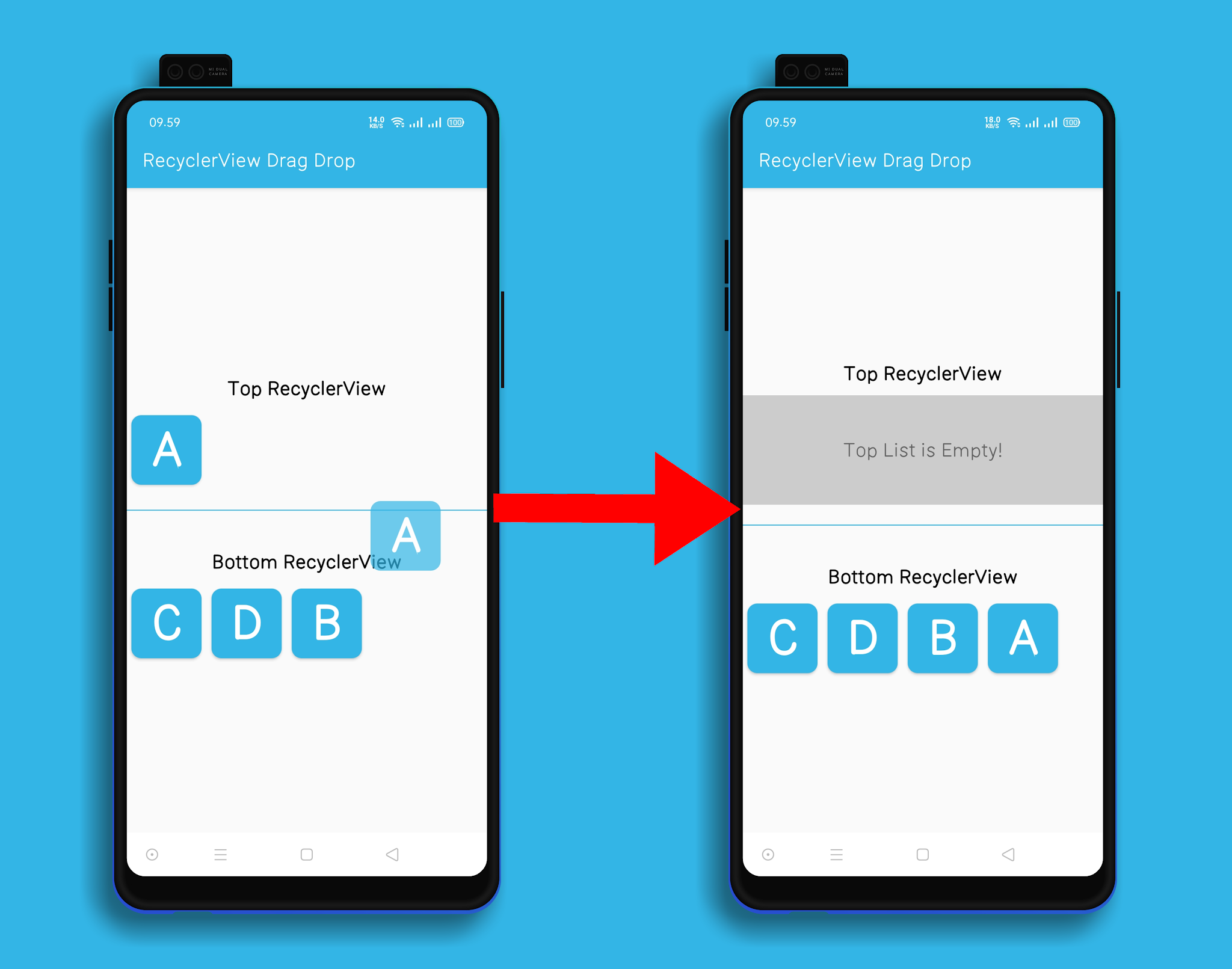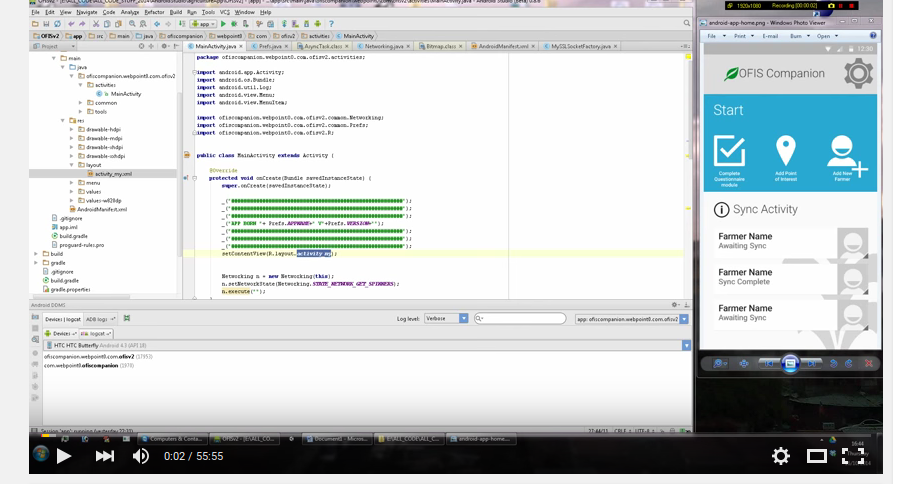
- #ANDROID STUDIO TUTORIAL HOW TO#
- #ANDROID STUDIO TUTORIAL INSTALL#
- #ANDROID STUDIO TUTORIAL ANDROID#
- #ANDROID STUDIO TUTORIAL CODE#
- #ANDROID STUDIO TUTORIAL WINDOWS#
You can see how it is done in another example: HelloFXML. In the case of a mobile it’s not necessary - our app will take the whole available space on the screen.Īnother way to set up and display widgets in JavaFX is to use a WYSIWYG editor called Scene Builder which generates FXML files, a version of XML, that you can then load into your app.
#ANDROID STUDIO TUTORIAL INSTALL#
Since we want to test the app on our laptop before we install it on a mobile, we use postInit also to check on which platform the app is being run, and if it’s a desktop, we set the dimensions on the app’s window. The Main class extends MobileApplication from the Glisten library and then construct the main view programmatically, in two methods: init() for creating the widgets, and postInit(Scene) for decorating them.
#ANDROID STUDIO TUTORIAL CODE#
HelloScala is just a simple example app - the actual Scala code only sets up a few widgets and displays them.
#ANDROID STUDIO TUTORIAL WINDOWS#
From those we will use directly only display (to set the dimensions of the app’s windows in case we run the app on a desktop and not in the full-screen mode on a mobile) and util (to check if we run the app on a desktop or a mobile), but the others are needed by these two and by Gluon Glisten. In its configuration you will find the attachList with Gluon Attach modules we need: device, display, storage, util, statusbar, and lifecycle. gluonfx-maven-plugin lets us compile Gluon dependencies and JavaFX code into a native image.

#ANDROID STUDIO TUTORIAL ANDROID#
For us, it means we should be able to use it to access everything on Android from the local storage to permissions to push notifications. Attach is an abstraction layer over the underlying platform. Glisten enriches JavaFX with additional functionality specifically designed for mobile applications.

Libfreetype6-dev (for pkgConfig freetype2) Libavformat-dev (for pkgConfig libavformat) Libavcodec-dev (for pkgConfig libavcodec) If you are using Bash, add the following lines to your ~/.bash_profile: Set it up as your JVM by creating an environment variable GRAALVM_HOME pointing to the GraalVM home directory, by setting the environment variable JAVA_HOME to $/bin to your PATH. For building, we will use Maven.ĭownload the latest GraalVM, Community Edition based on Java 11, from here.

On Windows, it is possible to follow this tutorial and get a working Android app if you use WSL2.
#ANDROID STUDIO TUTORIAL HOW TO#
How to build an Android app with GraalVM Native Image Requirements

At the end of this tutorial, you will find links to materials discussing other options. Here, in this document, we will focus on how to write a modern Android app with Scala that uses GraalVM Native Image and JavaFX. As a consequence, it is possible to write Android apps in Scala, and in fact it’s possible to do it in more than one way. The Android platform runs on Android Runtime which is a virtual machine based on JVM and, although not identical, it’s very similar to it. Info: JavaScript is currently disabled, code tabs will still work,


 0 kommentar(er)
0 kommentar(er)
